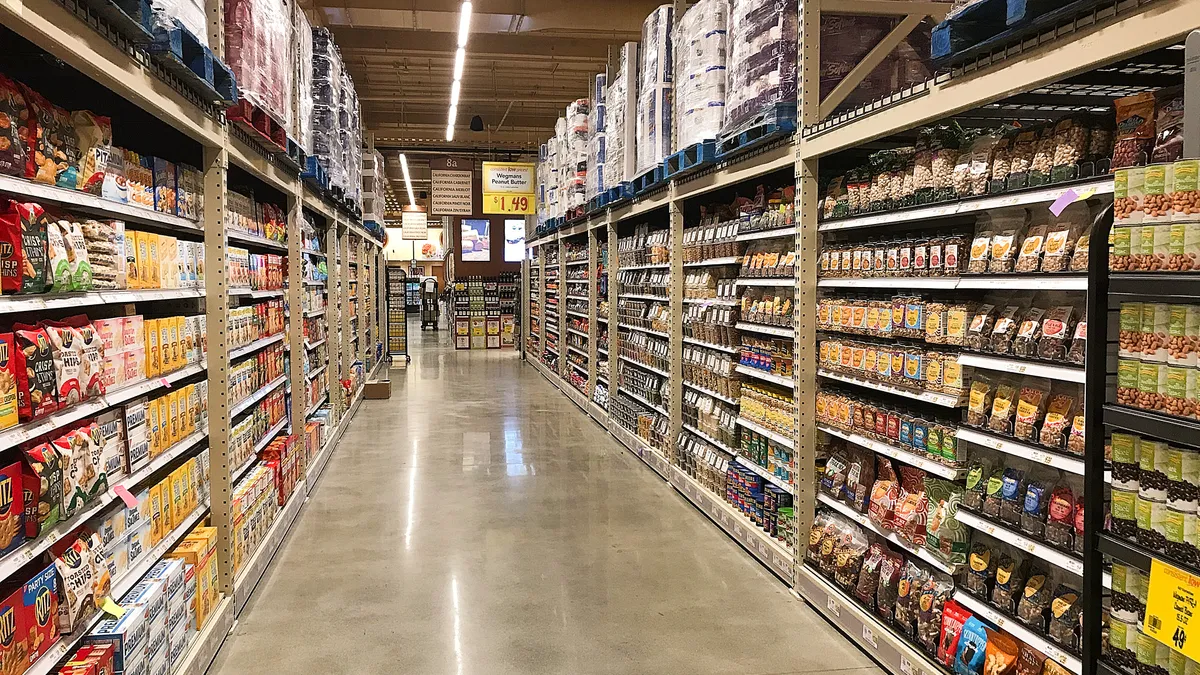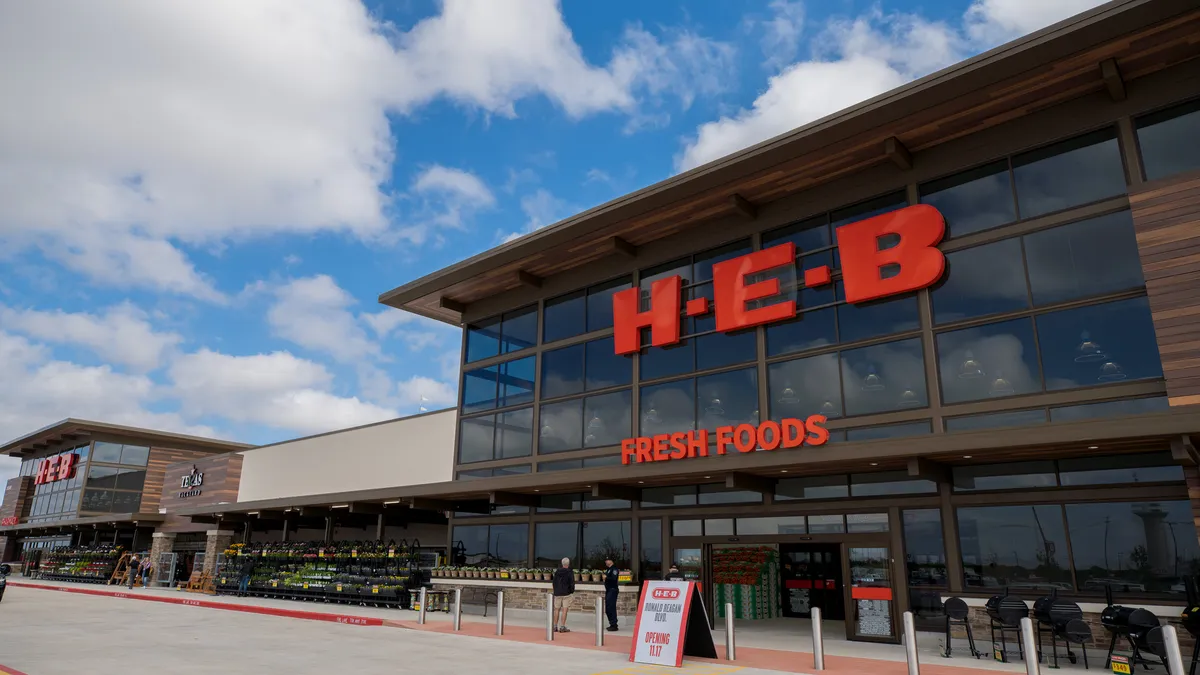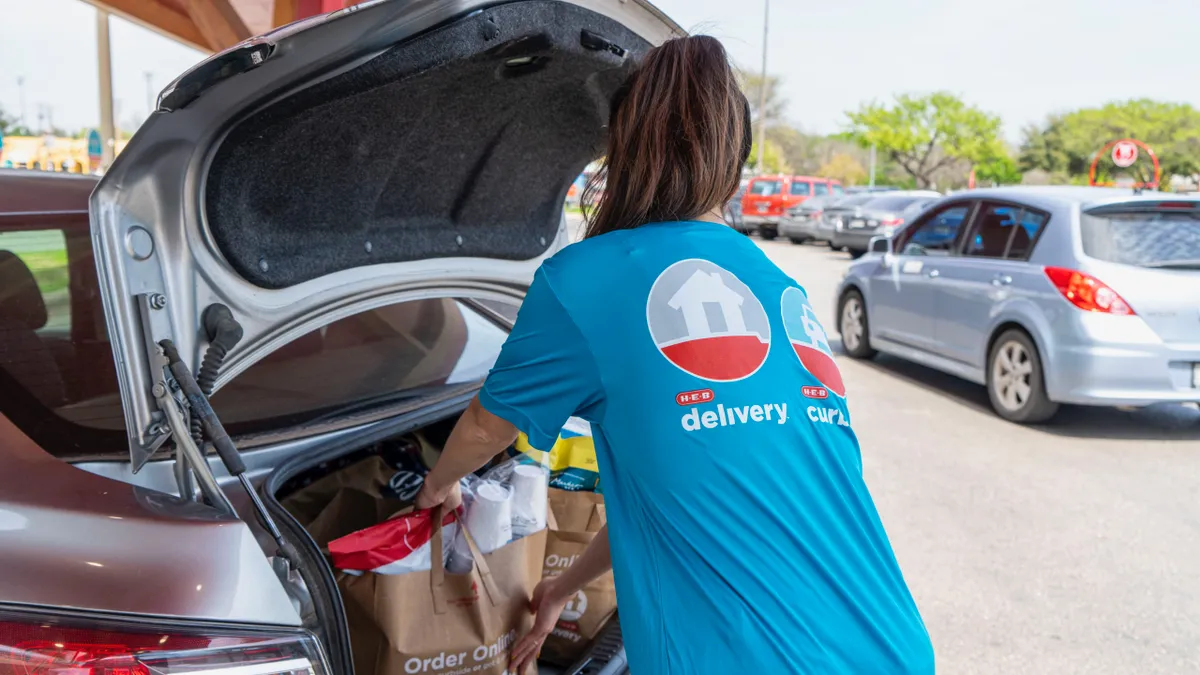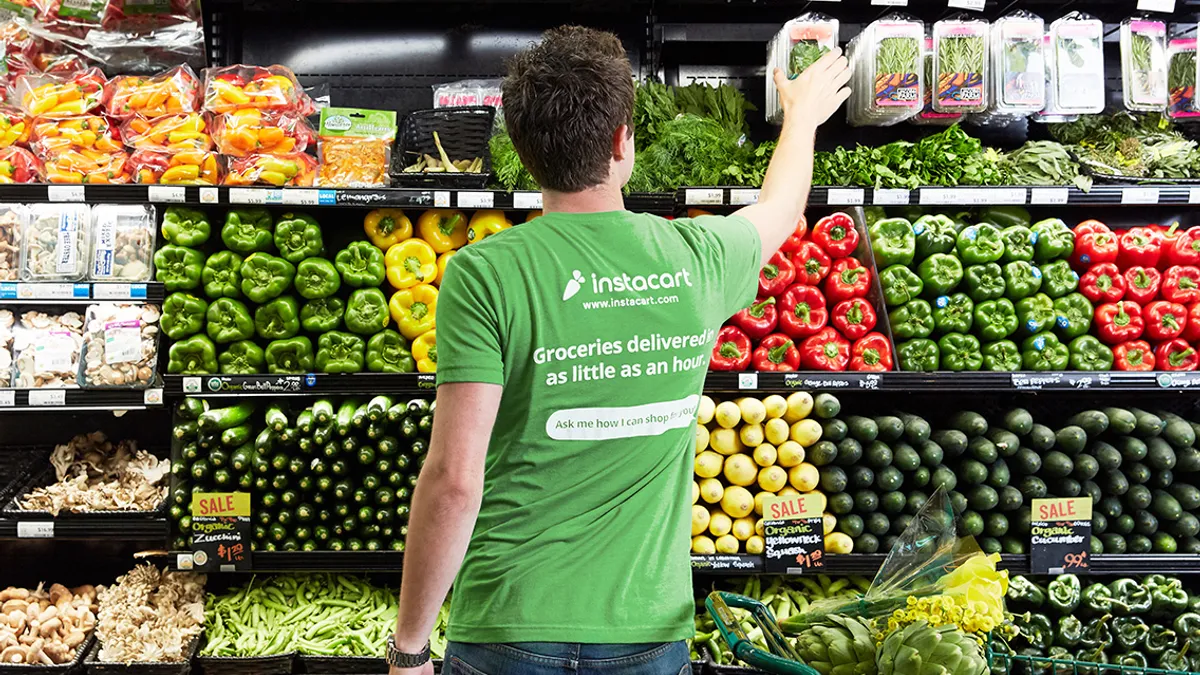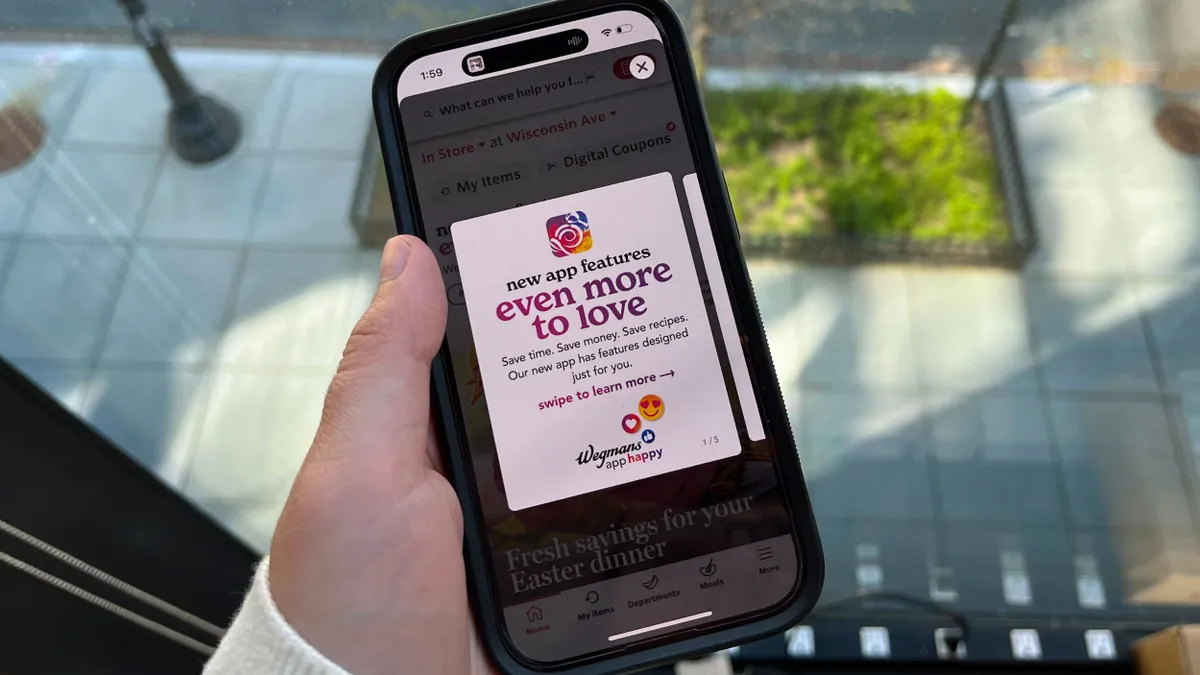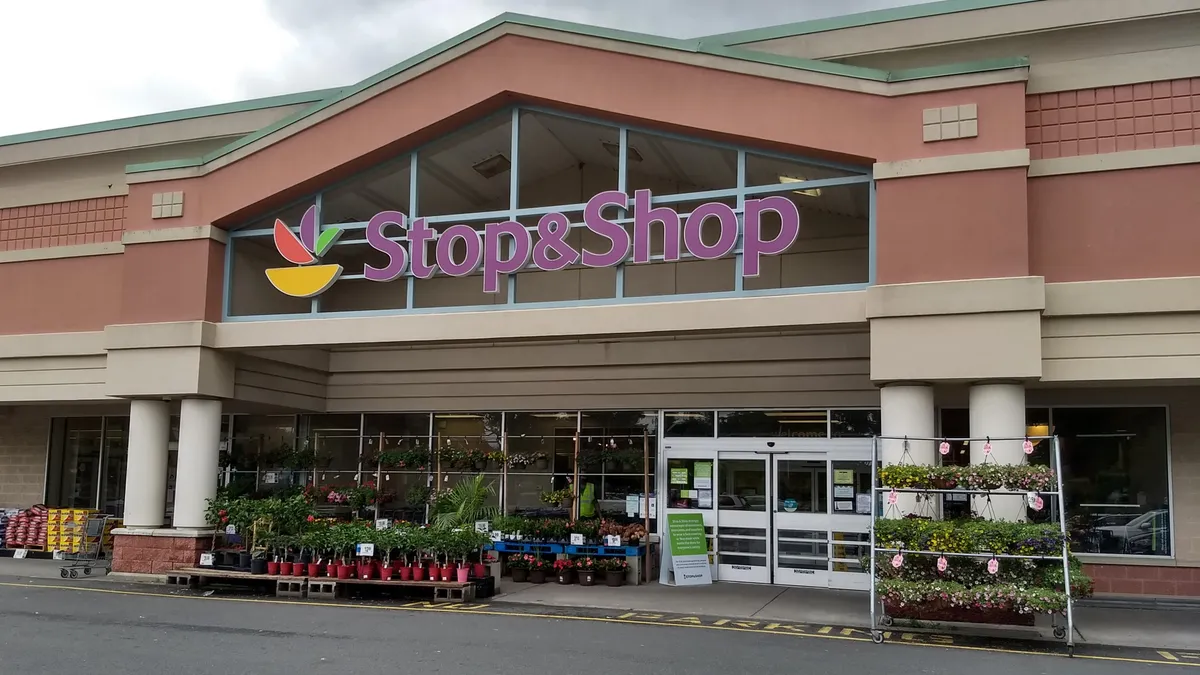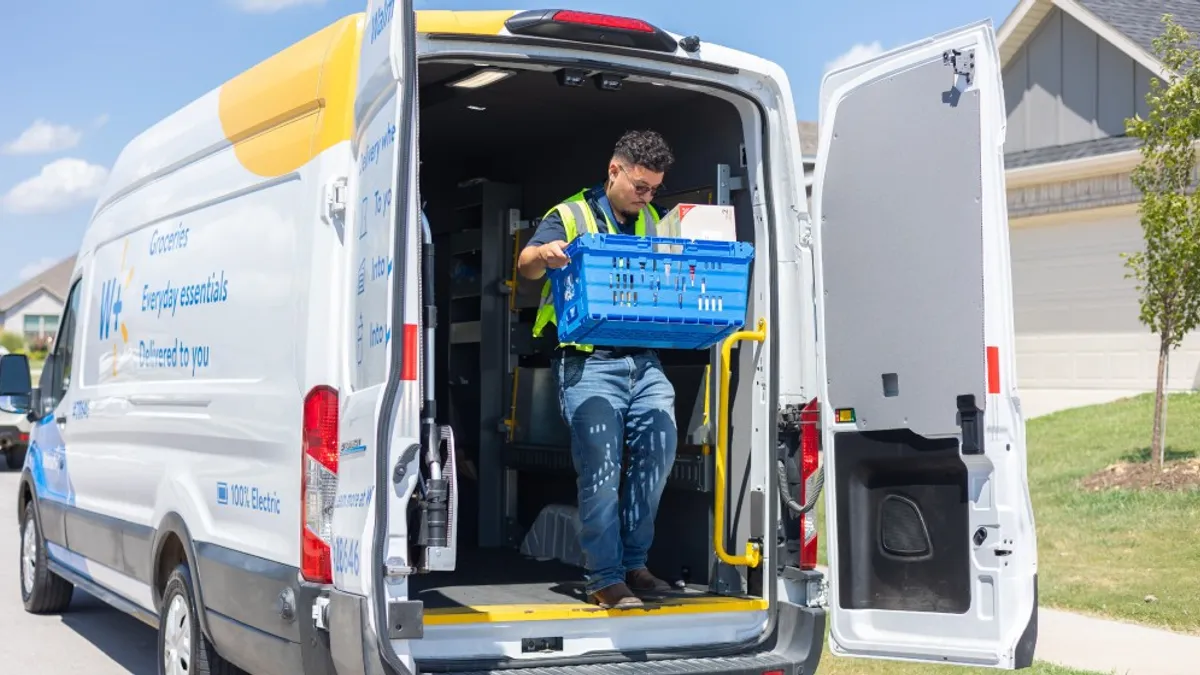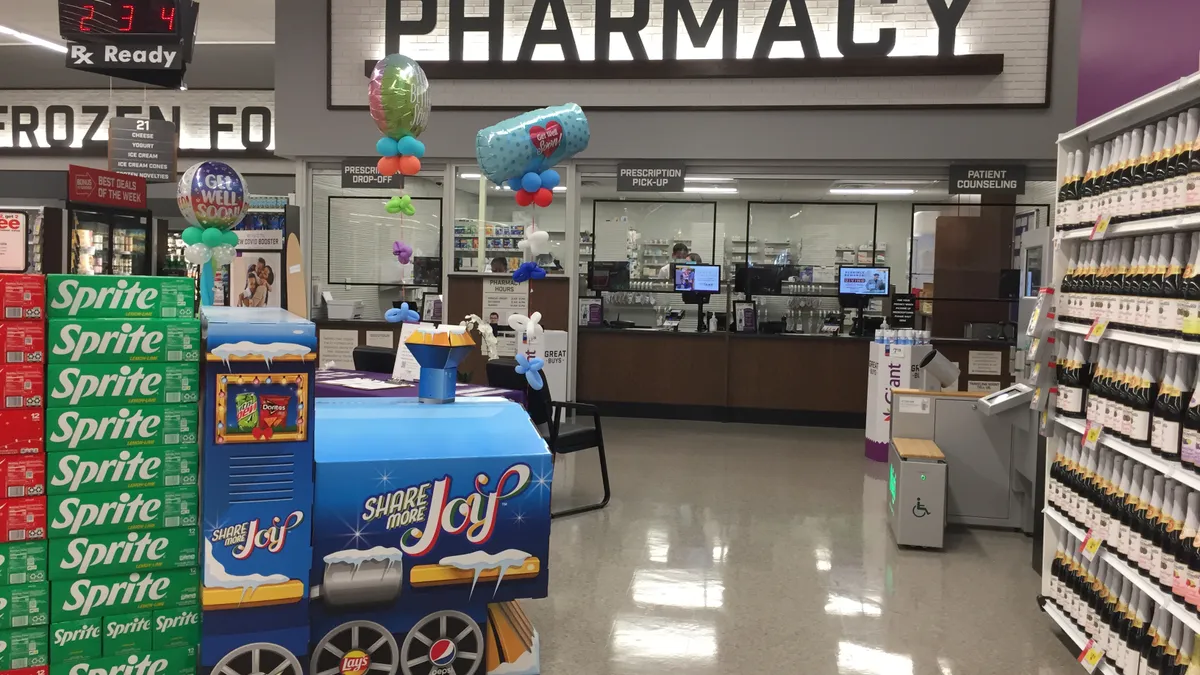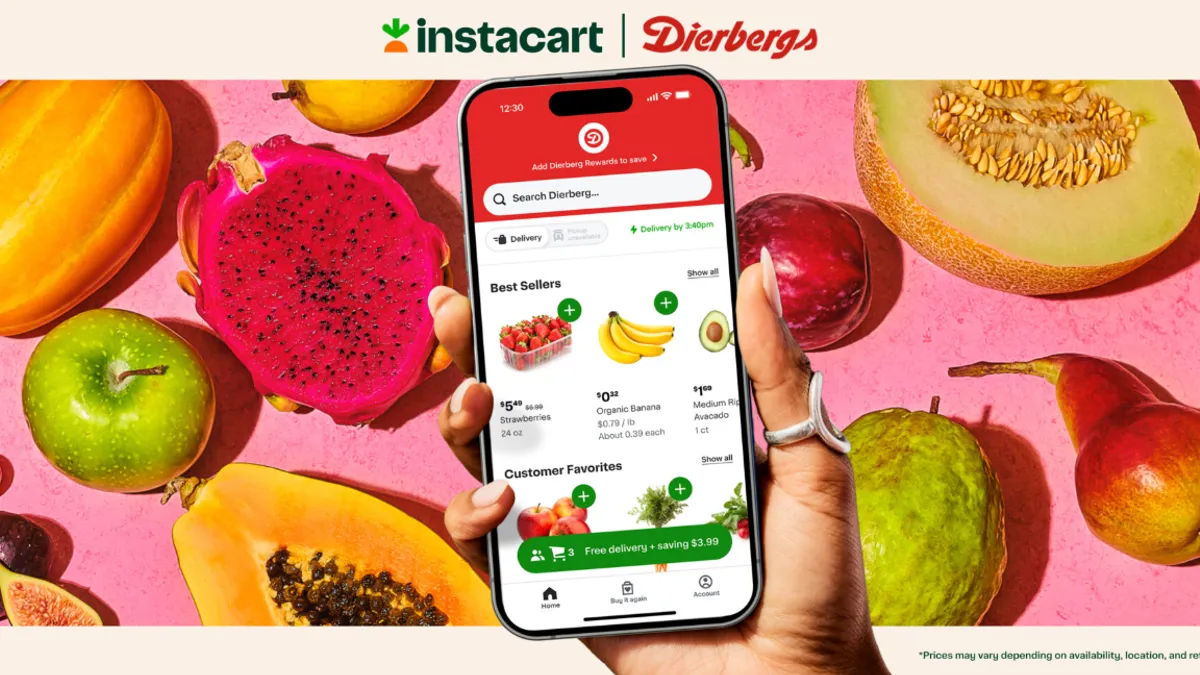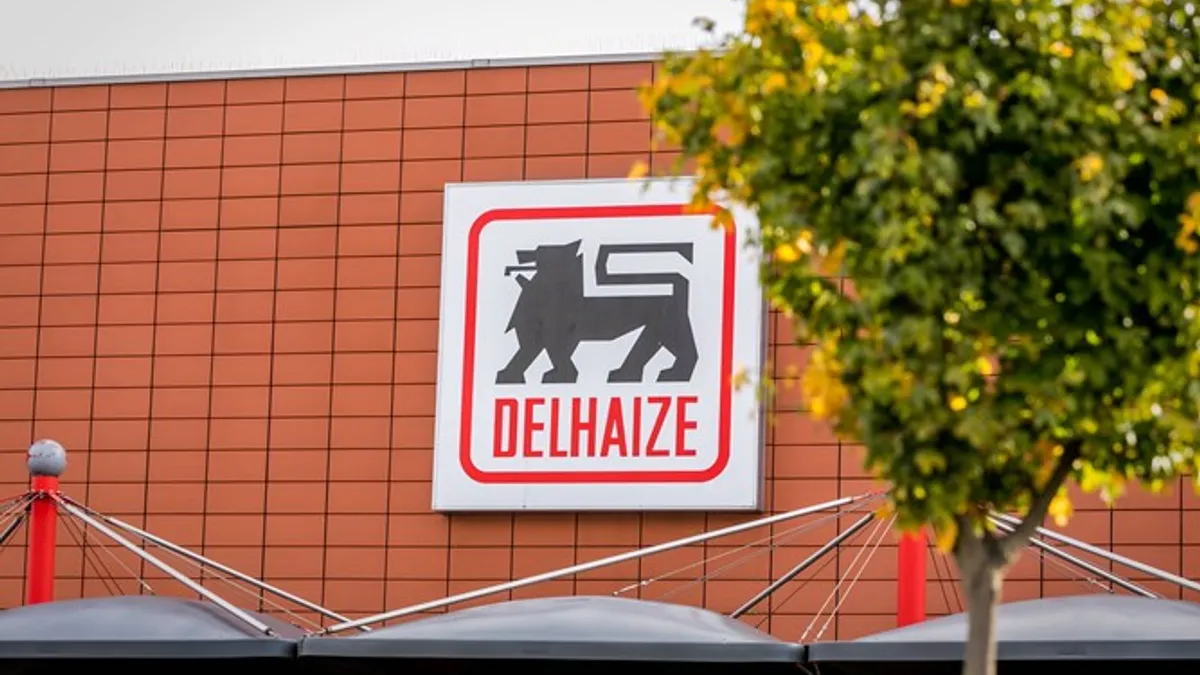When retail pricing technology specialist Engage3 brought Wesley Bean on as president and chief operating officer last month, it capped a multiyear quest by the company to convince the self-described “data geek” to bring his deep experience in the grocery space to a position leading an artificial intelligence firm.
Bean is settling into his role at Engage3, which provides tools that help retailers drive store trips by refining their pricing strategies, during a period when grocers of all sizes are facing intense pressure to keep their prices competitive even as they deal with inflationary pressure brought on by tariffs and other economic forces. He said he is looking forward to using AI to build a deeper understanding of how shoppers make purchasing decisions than was previously possible.
“One of the things that gets me very excited from a transformative standpoint is we now have the data in ways that we can democratize data and we can look at it with speed,” Bean said in an interview. “Now we can take that directly to AI and begin interpretive insights to help us contextualize why are we seeing the customer response happen in that way and what does that mean.”
Bean formerly worked as a senior executive at shopper intelligence firm Catalina, where he most recently served as chief revenue and operations officer. Earlier, he was vice president of private brands for Winn-Dixie, held several international trade-related roles at Walmart and spent time as vice president of global supply chain for electric power-solutions company APR Energy. Bean spoke with Grocery Dive about his career journey and passion for using technology to discern how shoppers think.
This interview has been edited for length and clarity.
GROCERY DIVE: You sound particularly excited about how understanding data can help retailers truly get to know their customers. What does that mean, specifically?
WESLEY BEAN: For years, we just swiped that loyalty card so that we’d get $1 off that can of corn. But now, as you begin to take that data and you get deeper into it, it's not a can of corn. It’s a certain amount of salt, it’s a certain amount of potassium, it’s a certain amount of protein. And you start to begin to contextualize lifestyle. You can infer who goes to the gym, who’s on a keto diet now, who's on a body-building routine based on the amount of protein they’re consuming, and who in the future might be at risk for diabetes.
Do you see AI helping retailers develop private label products and lines going forward?
I see us getting to the point with predictive analytics to build a profile of an item and simulate what its success would be, whether it’s a CPG company building an item, or a retailer building its own private brands. By the time you go through QA and the labeling and the package design, it’s a costly process, especially if an item doesn’t perform straight out the gate in that first 90, to 120 days. I see even in some of the tools that we have is there’s an ability to begin to infer success of a profile as you get deeper into those attributes. This is only going to get tighter, more integrated together for retailers from a decision science standpoint.
How does your experience at Walmart translate into the approach to retail that you’re taking now?
Walmart is often thought of as an incredible retailer, but I will tell you, it’s one of the most sophisticated IT companies on the face of the planet. It becomes a virtuous cycle of a technological investment that keeps paying dividends in new ways every single year, every single cycle downstream. So I think you’ve got the customer side that was always at the forefront from a business model, but then secondarily, this really laser focus on technological innovation.
What are your thoughts about the link between AI’s rise in retail and the skill sets people need to run grocery stores?
You have to begin to look at a couple of different competencies that become much more critical, including a deeper degree of that ability to understand the changing demands of customers, because it changes so quickly. You’ve got to make sure that a leader in a store is trained to understand the voice of the customer, and the technology is giving them an ability to better understand a couple of things: training and development, how to coach in the moment with their employees, how to understand what’s happening inside of their four wall from a P&L standpoint, but most importantly, free more of their time so store managers are out on the shop floor like they would have been in the old days.
So does that mean you see a need for grocers to rethink their hiring practices?
You've got to have a very different organizational structure in the future. So as much as technology has to innovate, at some point, you’ve got to innovate the actual HR side of the business in terms of, how do you design yourself to take advantage of these advanced, advanced analytical tools and advancements that AI is helping us get at. So there’s a human capital piece that gets me very interested and excited, to say that has to disrupt and innovate, as well as just the technology sides of what we’re doing, to really get the value out of the decision-making abilities that are now beginning to emerge.
What made you decide to return from the energy business to the retail sector?
I missed the application of saying a mom wakes up and has a chance to go to the grocery store, and there’s a million different [permutations] of what that experience can look like. What aisle she goes down, what deal she sees, what promotion is on an end cap, all of that — and the one thing you can never solve is the customer. It’s the hardest variable to ever figure out. And I missed having that quick feedback loop. The customer is going to tell you, did you get it right or get it wrong, because they’re going to vote with their wallet.
What did you take away from your time in the energy sector that you can apply to your work in the retail industry?
One of the things that [the experience] constantly reminds you of is to look for different ways to apply best practices and apply them in rapid fashion. If you think about building a [power] plant, you’re talking about giant, 1,000-pound pieces of equipment. But what I did was I brought it all the way down to just say it’s no different than a SKU in a grocery store. It just happens to weigh a lot more and do different things.
I literally took a team out, we went to 15 countries and we used an old Walmart scan gun to inventory everything. It enabled speed, it enabled efficiency, much like for a retailer. If you think about it, a retailer has to do a gazillion things right to make a little bit of money. In the energy industry, your margins are so high, you may not necessarily need all of those supply chain processes, [but] it gave me a very interesting way to say best practices don’t have to be industry-specific if you’re looking at it holistically around the people and the processes and the technology.



